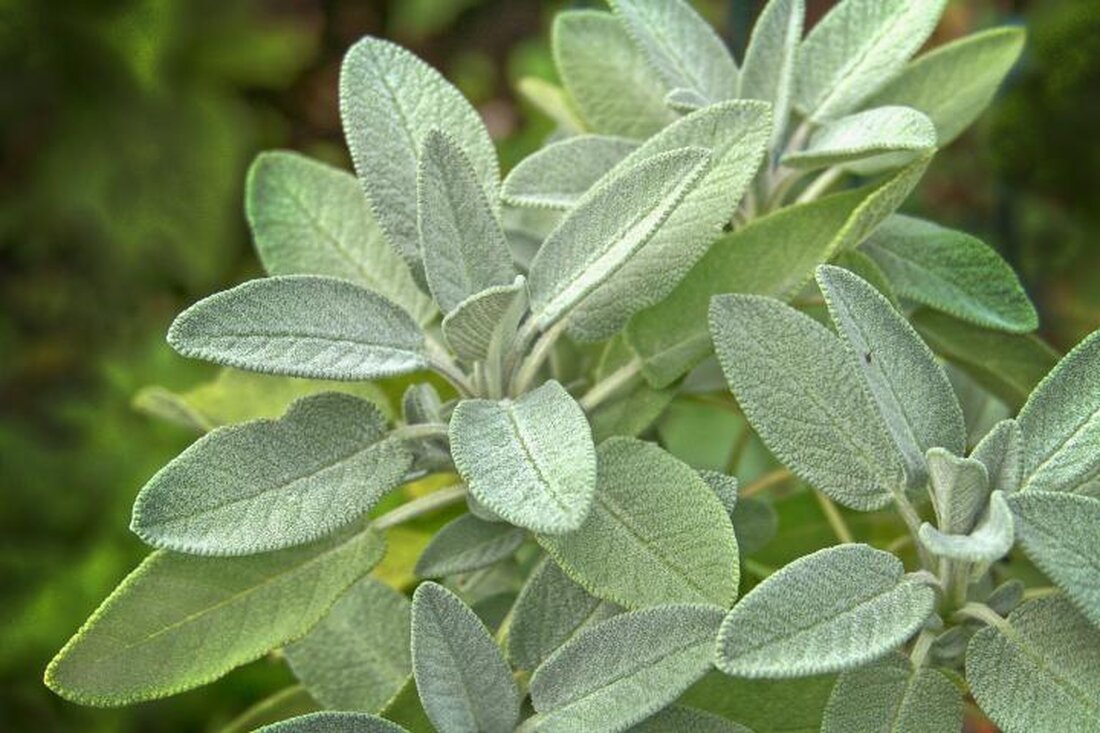The main chemical components of essential oils
Aromatherapy essential oils are made up of different chemical elements and groups. The main elements are carbon, hydrogen and oxygen. The main element is oxygen, but the chemical structure is more complicated. Check out the main compounds below in order of bactericidal activity. Phenols Phenols have great antibacterial and stimulating properties, but sometimes they can irritate the skin. The most common phenols are eugenol (found in cloves), thymol (found in thyme), and carvacrol (found in marjoram and savory). Aldehydes Citronella, Citral and Minerals are the main aldehydes found in most lemon flavored oils such as lemongrass oil, lemon balm, lemon eucalyptus and lemon verbena. She …

The main chemical components of essential oils
Aromatherapy essential oils are made up of different chemical elements and groups. The main elements are carbon, hydrogen and oxygen. The main element is oxygen, but the chemical structure is more complicated. Check out the main compounds below in order of bactericidal activity.
PhenolsPhenols have great antibacterial and stimulating properties, but sometimes they can irritate the skin. The most common phenols are eugenol (found in cloves), thymol (found in thyme), and carvacrol (found in marjoram and savory).
AldehydesCitronella, citral and minerals are the main aldehydes found in most lemon flavored oils such as lemongrass oil, lemon balm, lemon eucalyptus and lemon verbena. They all have a great calming effect and the citral also has valuable antiseptic properties.
AlcoholsThis group of compounds has high antiviral and antibacterial properties. The alcohols contained in the oils are non-toxic. Some of the best known are Linalol (lavender and rosewood), Geraniol (palmarosa), Citronellol (geranium, lemon, rose and eucalyptus). Others include menthol, borneol, terpineol, farnesol and neroli.
EstersThese compounds are found in almost every essential oil and have excellent anti-stress and anti-fungal properties. Linalin acetate and geranyl acetate are the most common esters found in lavender, sage and bergamot oils.
TerpenesThey are known for their antibacterial effects and anti-inflammatory properties. Typically found in almost all citrus essential oils, the main terpenes you may encounter are limonene, dipentin, pinene, fellandrin and terpenine.
ketonesYou shouldn't be surprised, but the ketones are toxic. Their presence is most evident in fennel, hyssop, jasmine and sage essential oils. The good news is that they are not harmful to your health. They are used to treat many respiratory diseases and significantly improve blood and fluid circulation in the body. Some of the ketones you can find are pulgone and thujones.
OxidesThere are many oxides that can be found, but the most valuable is cineole oxide. It is one of the main components of eucalyptus oil, tea tree oil and rosemary oil. They have great expectorant abilities and are often used by many people with breathing problems.
These are some of the main components you need to know. But you have to remember that each oil has its own chemical structure. The number of components in each oil varies and there are many that have more than 700 different components. They are all very useful for your health and are excellent against many diseases. Their ability to cure various diseases depends on many factors such as the density of components and the main chemical component. That's why their smells and abilities vary greatly.

 Suche
Suche
 Mein Konto
Mein Konto
